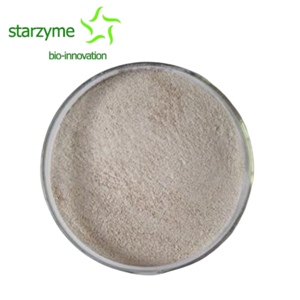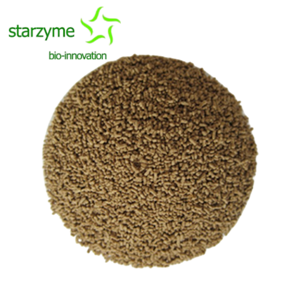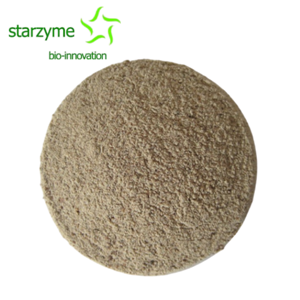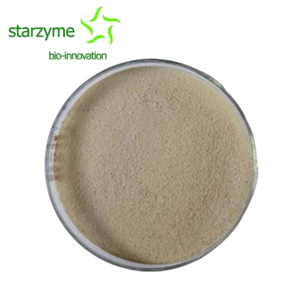Product News
-
Overview and Mechanisms of Bacillus coagulans
Bacillus coagulans is a non pathogenic Gram positive bacterium with facultative anaerobic properties, capable of producing spores and producing L-lactic acid when decomposing sugars.
29-05-2025 -
Research Progress of Bacillus coagulans in Livestock and Poultry Breeding
Existing research has shown that Bacillus coagulans has been widely used in fields such as animal husbandry, poultry, and aquaculture. The article summarizes the physicochemical properties of Bacillus coagulans, including acid resistance, bile salt resistance, and high temperature resistance.
28-05-2025 -
The Rising Star of Animal Husbandry - Bacillus coagulans
With the rapid development of technology, animal husbandry has also undergone unprecedented changes. In this transformation, there is a microorganism leading the industry's innovation, which is Bacillus coagulans.
27-05-2025 -
Characteristics of Bacillus & Its Application in Poultry (Part 2)
Bacillus subtilis is a Gram positive bacterium that has the ability to form spores and can survive in extreme environments. It can be useful in a plethora of applications such as those in agriculture, aquaculture, animal husbandry, and poultry.
25-05-2025 -
Characteristics of Bacillus & Its Application in Poultry (Part 1)
Bacillus subtilis is a Gram positive bacterium that has the ability to form spores and can survive in extreme environments. It can be useful in a plethora of applications such as those in agriculture, aquaculture, animal husbandry, and poultry.
24-05-2025 -
The Important Role of Bacillus subtilis in Livestock Farming
Bacillus is a type of microorganism that is beneficial to both humans and animals, and has been widely used in animal husbandry in recent years.
22-05-2025 -
Bacillus coagulans is a Protector of Sow Production
During the pregnancy and delivery process of sows, many factors may lead to the occurrence of difficult labor. Bacillus coagulans is like a protector, regulating the balance of the sow's gut microbiota, enhancing its immunity, and thereby reducing the risk of difficult birth phase.
20-05-2025 -
Using Bacillus coagulans in Aquaculture is an Important Part of Addressing Human Food Security (Part 2)
Although further research and practice are needed, it is believed that with the advancement of technology and the accumulation of practice, Bacillus coagulans will play an increasingly important role in aquaculture.
19-05-2025 -
Using Bacillus coagulans in Aquaculture is an Important Part of Addressing Human Food Security (Part 1)
With the continuous growth of global demand for marine resources, aquaculture is becoming an important part of addressing human food security and economic development. Bacillus coagulans, as a new type of microecological agent, combines the dual advantages of Bacillus and lactic acid bacteria.
18-05-2025 -
The Characteristics & Health Benefits of Adding Bacillus coagulans to Animal Feed (Part 2)
Bacillus coagulans, due to its ability to form spores, has good preservation properties, overcoming the shortcomings of poor preservation of common lactic acid bacteria preparations on the market. Therefore, in recent years, research on the health benefits of Bacillus coagulans has become increasingly in-depth.
17-05-2025




